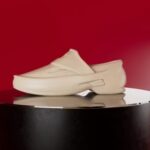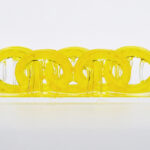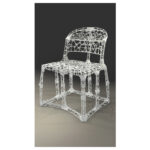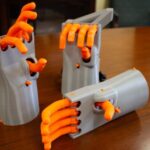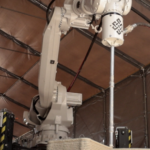MIT researchers have developed a new model that explains how different types of networked materials break and fracture. The study, published in Physical Review X, focuses on materials containing interconnected strands, such as car tires, human tissues, and spider webs.
The research team identified a universal scaling law that helps predict the energy required to fracture these networks. According to the study, the toughness of these materials can be enhanced by making the strands longer, more stretchable, or more resistant to breaking forces. The team validated their findings through practical experiments using 3D-printed stretchable networks.

“Our findings reveal a simple, general law that governs the fracture energy of networks across various materials and length scales,” says Xuanhe Zhao, professor of mechanical engineering and civil and environmental engineering at MIT. The research addresses a gap in existing physical models, which previously struggled to connect strand mechanics and connectivity to predict bulk fracture behavior.
Graduate student Chase Hartquist, one of the paper’s lead authors, explains that network durability can also be improved by connecting strands into larger loops. The research team found that despite variations in network structures, they all followed consistent, predictable patterns of behavior.
The findings have potential applications in the field of architected materials, where internal structure determines material properties. The research suggests new approaches for improving various materials, from soft robotic components to engineered tissues. The complete study is now available as an open-access paper in Physical Review X.
Source: news.mit.edu



